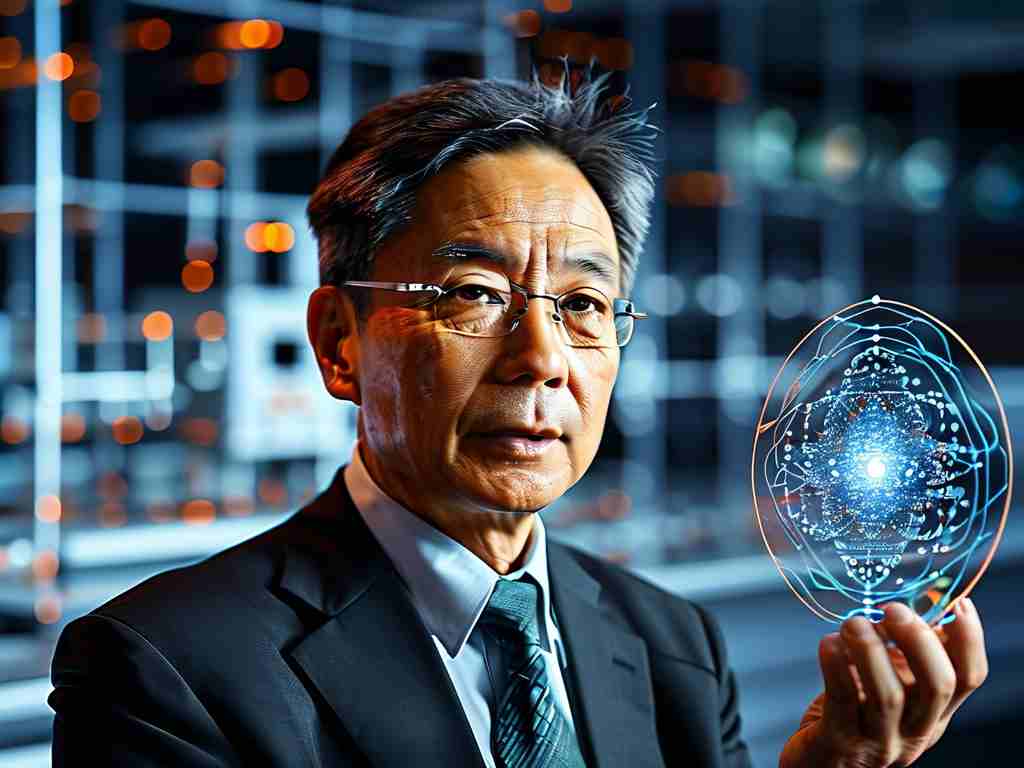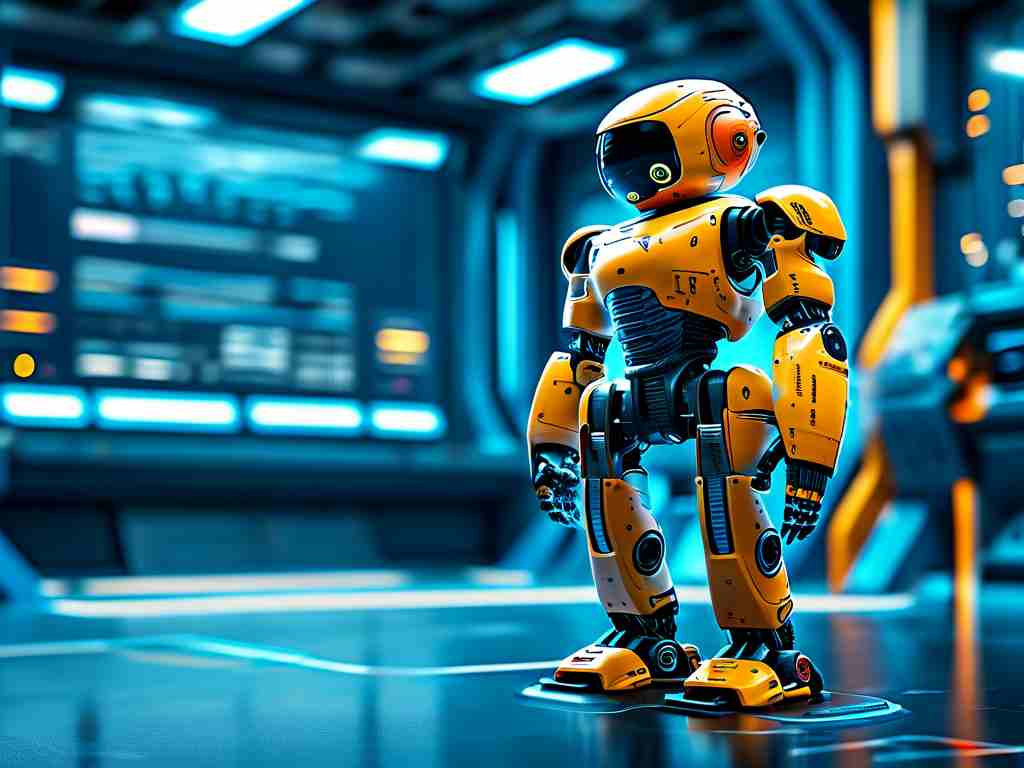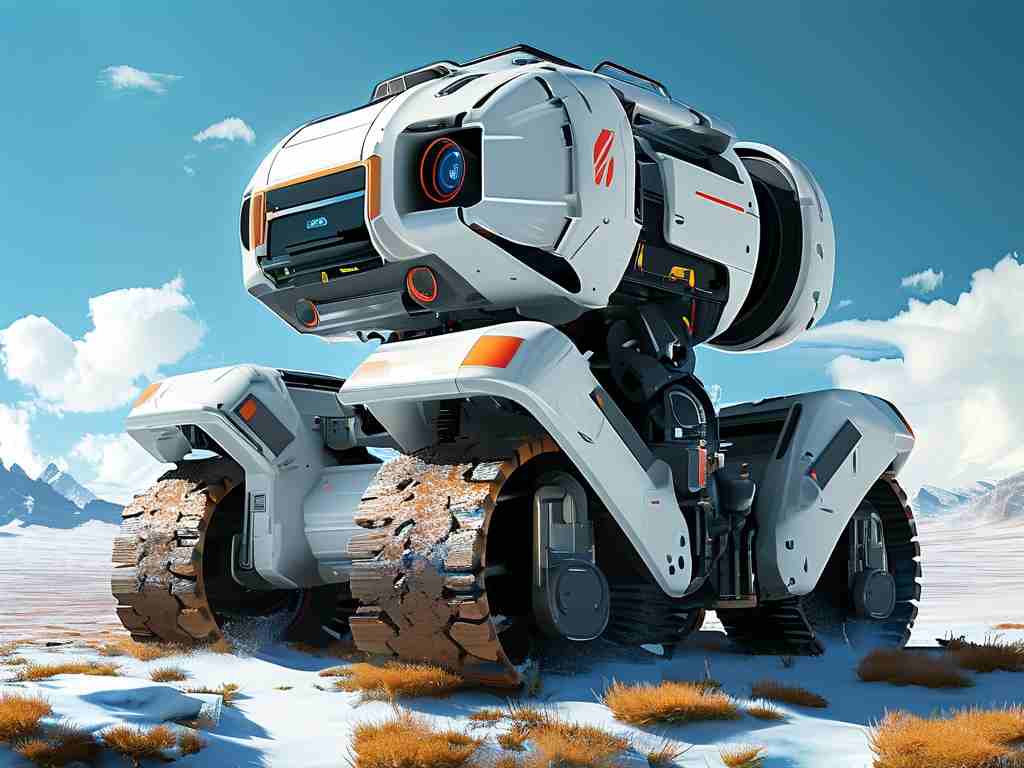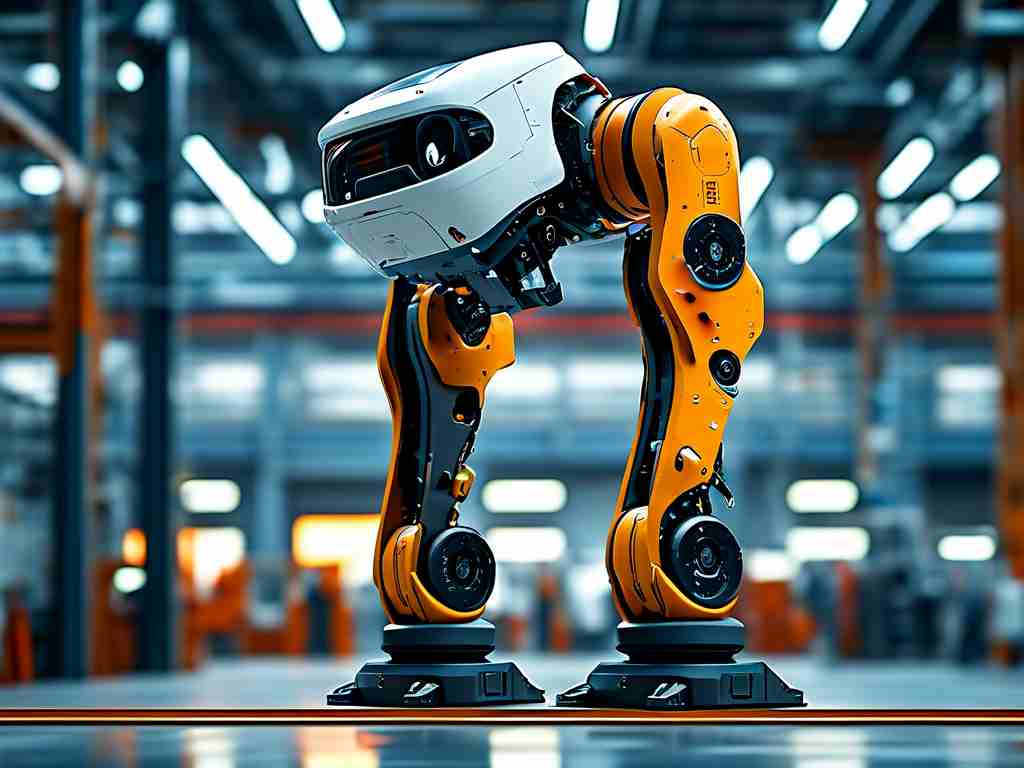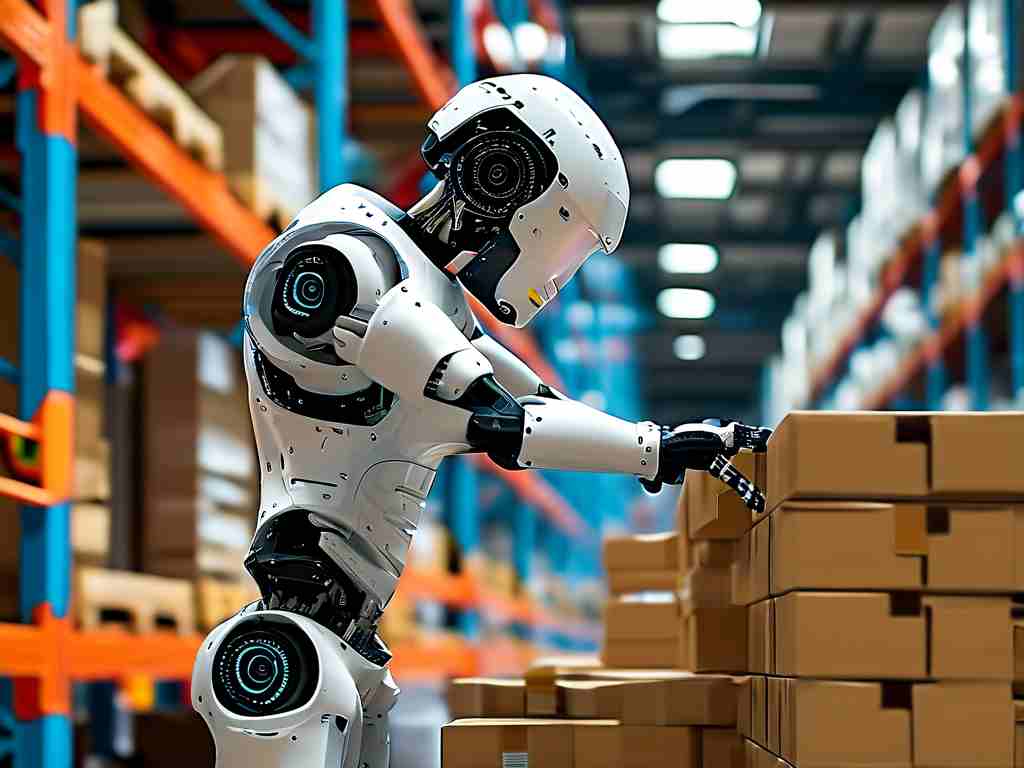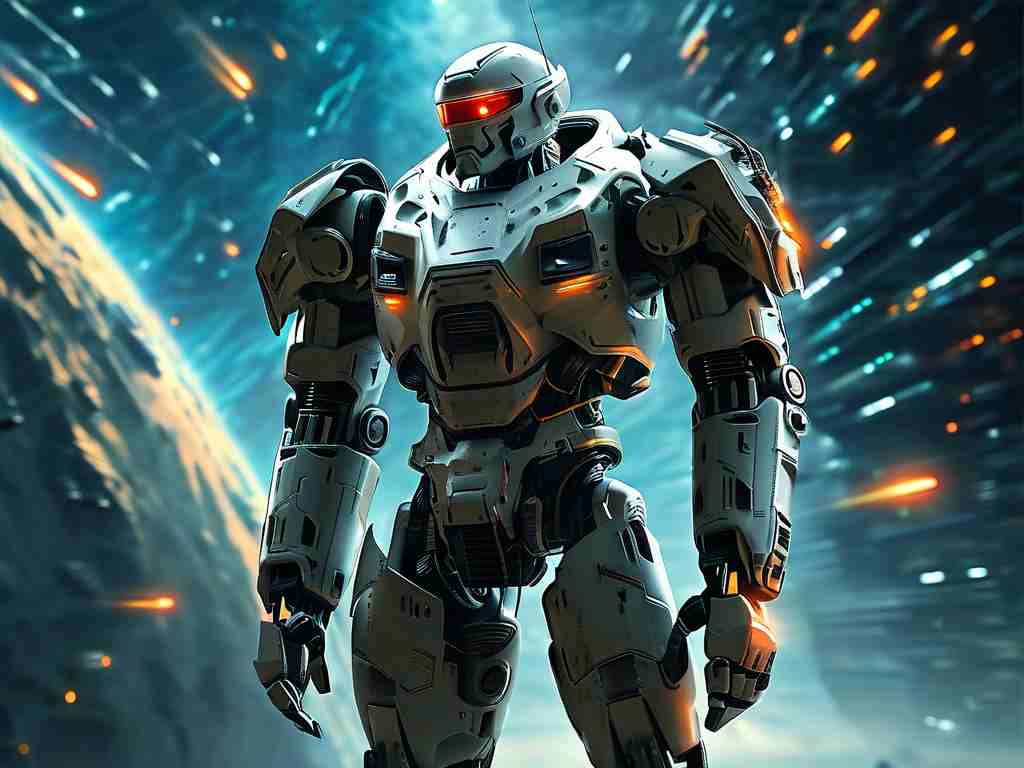Tesla, a name synonymous with electric vehicles and renewable energy, has boldly expanded its horizons into the realm of humanoid robotics, spearheaded by its ambitious Optimus project. Unveiled during the company's AI Day in 2022, this initiative represents a leap toward integrating advanced artificial intelligence with physical automation, aiming to create versatile robots that can perform mundane or hazardous tasks in human environments. The core technology hinges on Tesla's expertise in AI neural networks, sensor fusion, and battery efficiency, repurposed from its automotive innovations to build bipedal machines capable of navigating complex spaces. As Elon Musk envisions, these robots could eventually handle chores in homes, assist in factories, or even respond to emergencies, reducing human labor and enhancing productivity. However, the journey isn't without hurdles; challenges such as achieving real-world reliability, ensuring safety through fail-safe mechanisms, and scaling production affordably remain significant barriers that Tesla must overcome to make Optimus commercially viable.
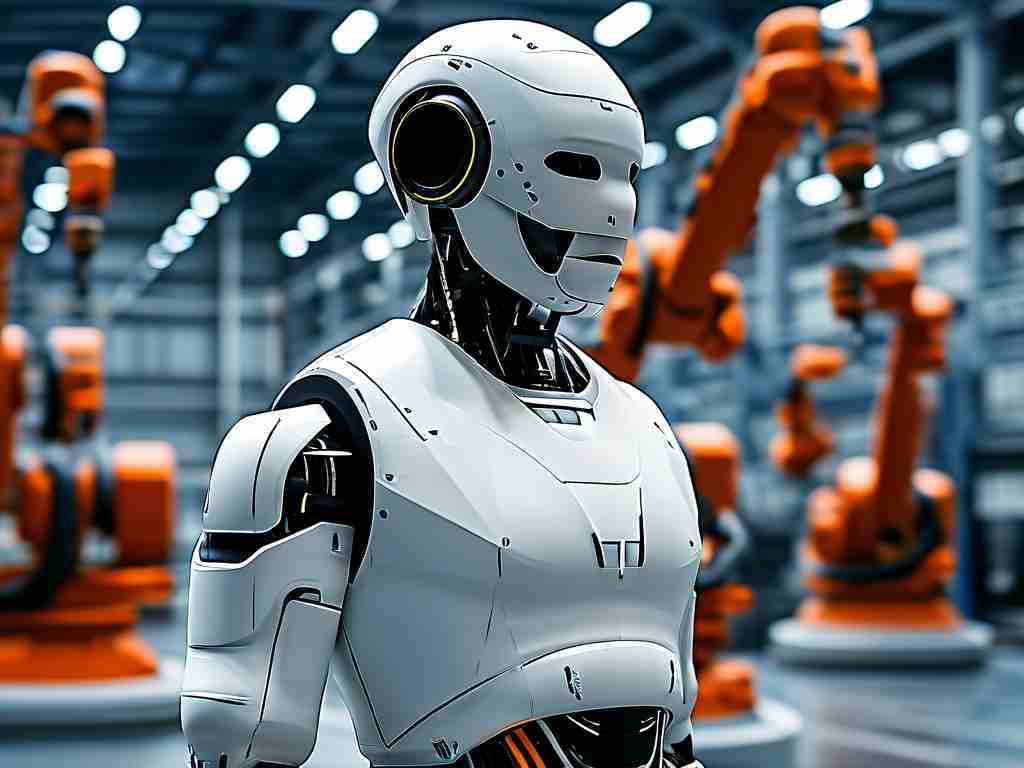
Delving deeper, the technical architecture of Tesla's humanoid robots involves sophisticated machine learning algorithms trained on vast datasets from Tesla's fleet of vehicles. This allows the robots to learn from simulations and real-world interactions, improving their dexterity and decision-making over time. For instance, Optimus prototypes demonstrate basic object manipulation and walking, powered by custom actuators and high-resolution cameras that mimic human senses. The integration of Tesla's Full Self-Driving software enables contextual awareness, where robots can adapt to dynamic environments like cluttered warehouses or unpredictable households. In practical applications, this technology could transform industries: manufacturing lines might see robots assembling components with precision, while elderly care facilities could benefit from robotic aides providing companionship and support. Economically, Musk predicts a future where such robots become as ubiquitous as smartphones, potentially driving down costs through mass production and creating new job markets in robotics maintenance and programming.
Yet, ethical and societal concerns loom large. Questions about job displacement in sectors like logistics and services spark debates on how to retrain workforces, while privacy issues arise from robots equipped with cameras and microphones operating in personal spaces. Tesla addresses these by emphasizing transparency in AI ethics, such as open-sourcing some algorithms for community scrutiny, and designing robots with clear "off" switches to prevent misuse. Looking ahead, the pace of innovation suggests that within a decade, humanoid robots could evolve from novelty prototypes to indispensable tools, much like how electric cars disrupted transportation. Tesla's relentless iteration—evidenced by frequent software updates and hardware refinements—positions it at the forefront of this revolution, potentially outpacing competitors like Boston Dynamics. Ultimately, the success of humanoid robotics hinges not just on technological prowess but on fostering public trust and regulatory frameworks that ensure safe, equitable deployment, marking a pivotal chapter in humanity's quest for smarter, more efficient automation.


